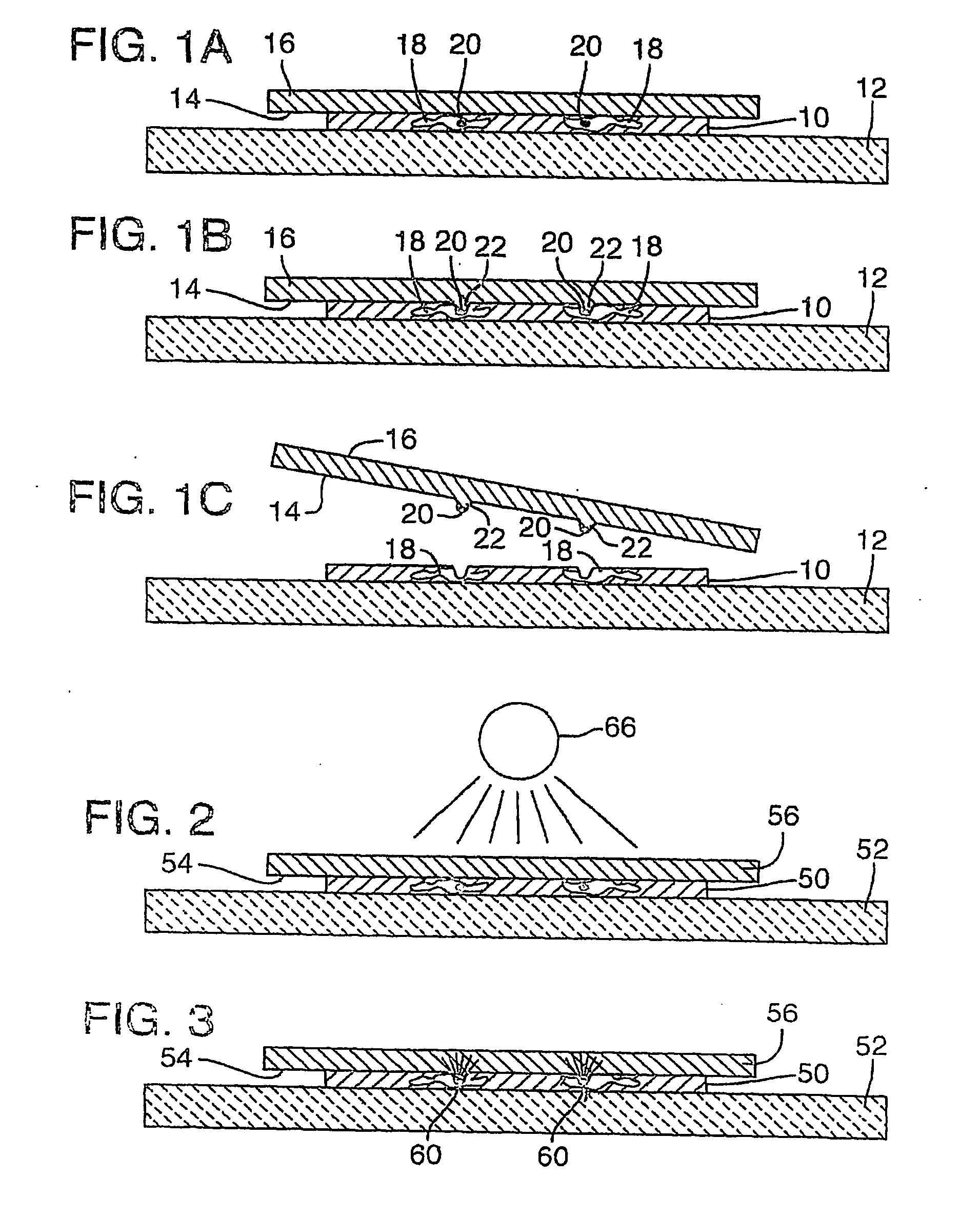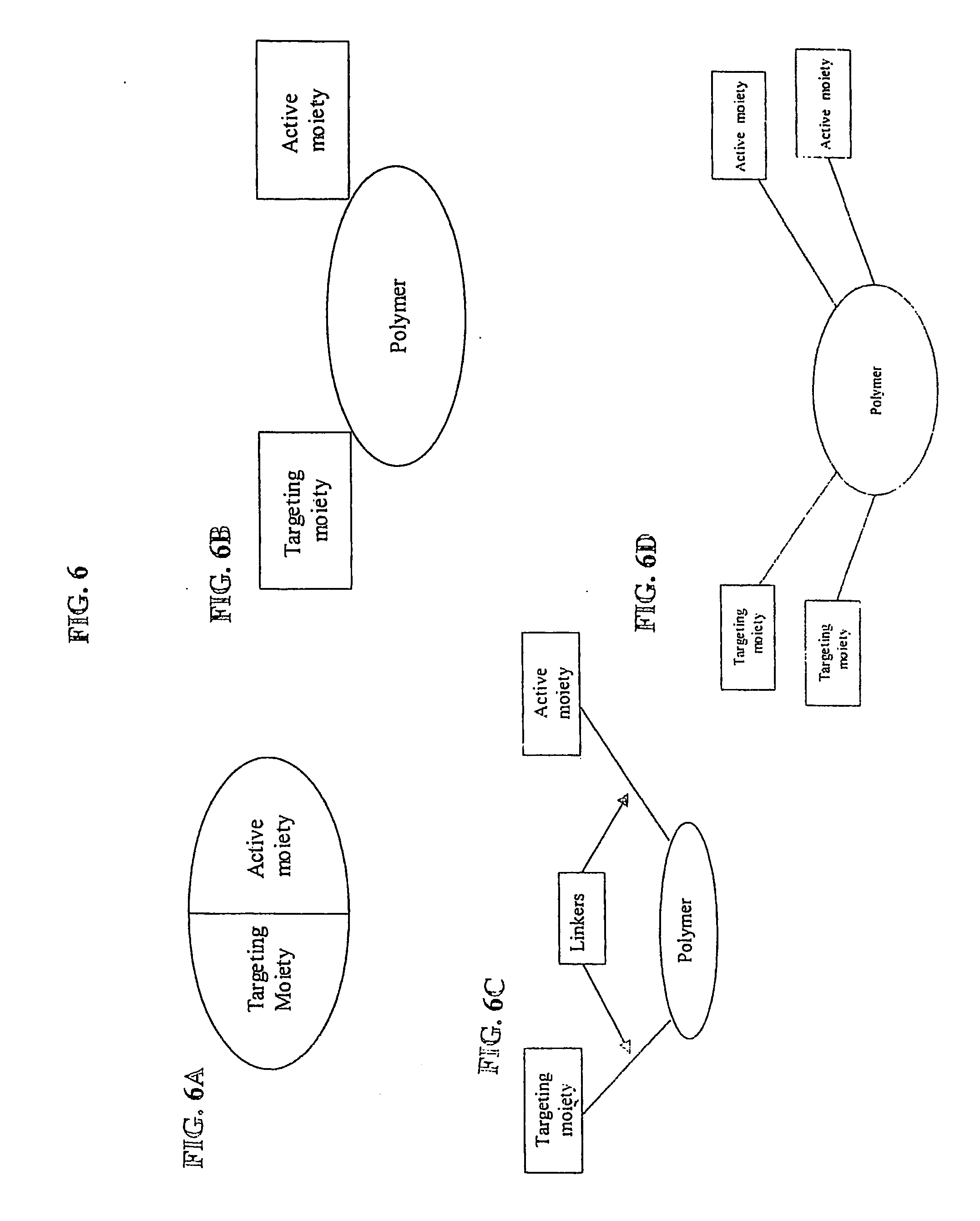Target activated microtransfer
a microtransfer and target technology, applied in the field of biomolecule analysis, can solve the problems of manual labor, not highly susceptible to automation for high-throughput analysis of multiple specimens, and achieve the effects of improving the efficiency of transfer microdissection, improving the collection of cells, and high-thought-out analysis methods
- Summary
- Abstract
- Description
- Claims
- Application Information
AI Technical Summary
Benefits of technology
Problems solved by technology
Method used
Image
Examples
example 1
[0102] As noted above, target activated microtransfer is capable of procuring pure populations of cells that are selected according to their expression pattern. These expression patterns may be determined in a complex tissue section using, for example, immunohistochemistry (antibody detetection), or nucleic acid hybridization (with DNA or RNA binding probes). The method disclosed in this example uses standard immunohistochemistry to stain the cells of interest. Once the cells are stained, the tissue section is covered by a clear Ethylene Vinyl Acetate (EVA) film and a laser is then run across the entire tissue section. The areas that are stained absorb the energy locally and melt the EVA film. The film is then lifted off the tissue section, thereby isolating the cells of interest from the remaining tissue section.
[0103] Conventional laser-based microdissection depends on the morphological recognition of the desired cells to target them, and can be quite labor intense, particularly ...
example 2
Automated Scanning
[0119] Target activated microtransfer was performed using a 400 mW fiber optic LD diode source in the continuous mode to scan the bottom of an immunostained prostate tissue section. The fiber of the light source was in contact with the lower glass surface of the slide, while the tissue was mounted on the top glass surface. A large sheet of clear Elvax510 EVA on top of the tissue served as the transfer film. The fiber provided a 200 μm spot on the tissue section, and was scanned at ˜3 cm / sec across the lower surface of the slide to achieve fusion and specific microtransfer of target.
[0120] Microtransfer can be automated in this fashion, for example by using a programmable stage to move the tissue or a laser scanner relative to the slide. This programmed or predetermined movement sweeps the laser beam across the tissue, allowing the entire slide to be irradiated in ˜1 minute.
[0121] Many other laser sources could be used for this purpose, such as a 1 W argon laser....
example 3
Examples of Tested Targets
[0122] A variety of different primary antibodies were tested in the disclosed microdissection / microtransfer method to demonstrate the general applicability of the method to a variety of different targets. Antibodies tested include: Cyokeratin AE1 / AE3; LP34 (Cytokeratin, Basal Cells; CD34; CD3; PSA; Desmin; E-cadherin; S-100; GAPDH; CD45RO; Histone; Vimetin; and Actin.
[0123] All of these antibodies provided specific activation and adherence to the transfer layer, with no melting observed in unstained areas.
PUM
| Property | Measurement | Unit |
|---|---|---|
| Chemical shift | aaaaa | aaaaa |
| Chemical shift | aaaaa | aaaaa |
| Temperature | aaaaa | aaaaa |
Abstract
Description
Claims
Application Information
 Login to View More
Login to View More - R&D
- Intellectual Property
- Life Sciences
- Materials
- Tech Scout
- Unparalleled Data Quality
- Higher Quality Content
- 60% Fewer Hallucinations
Browse by: Latest US Patents, China's latest patents, Technical Efficacy Thesaurus, Application Domain, Technology Topic, Popular Technical Reports.
© 2025 PatSnap. All rights reserved.Legal|Privacy policy|Modern Slavery Act Transparency Statement|Sitemap|About US| Contact US: help@patsnap.com



